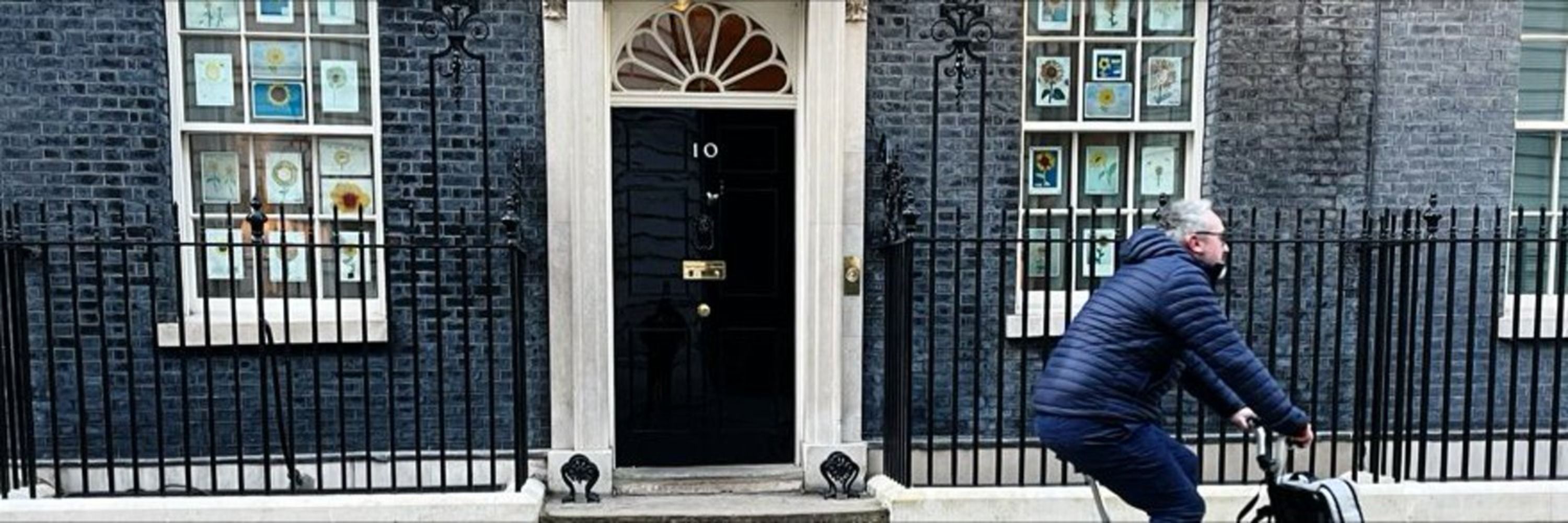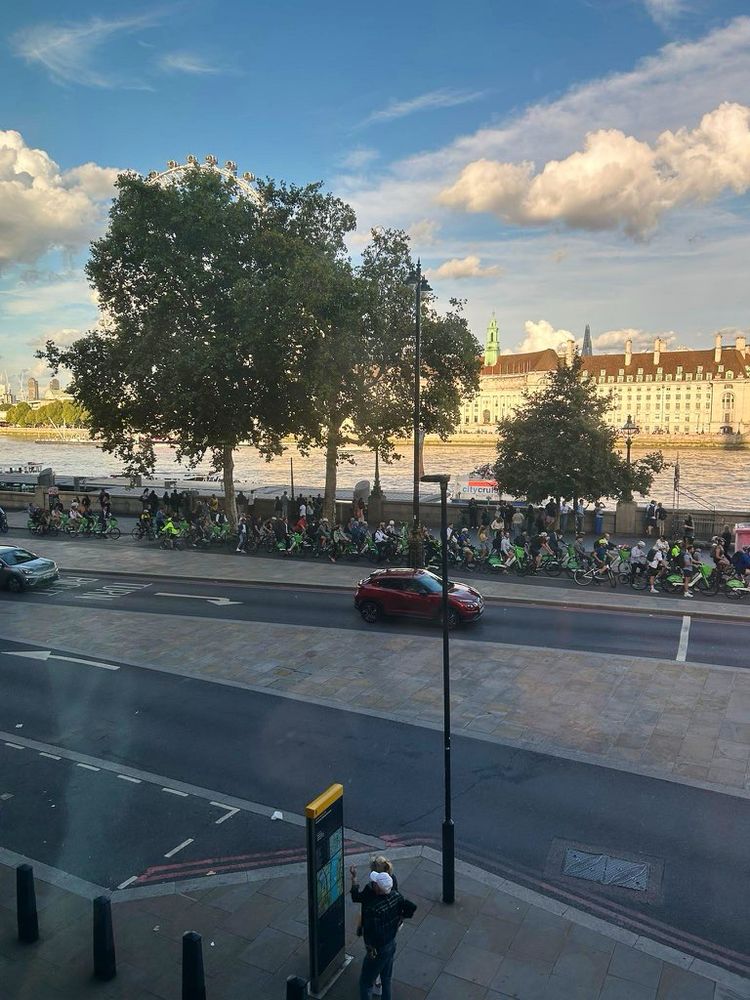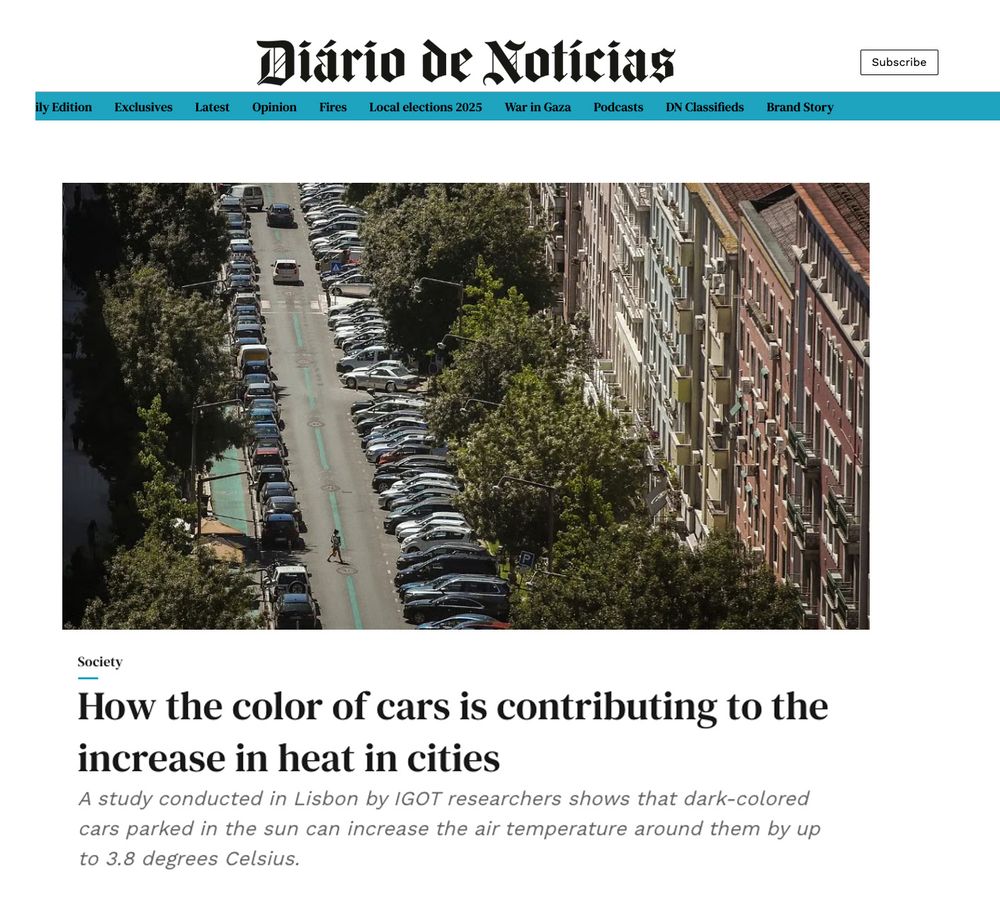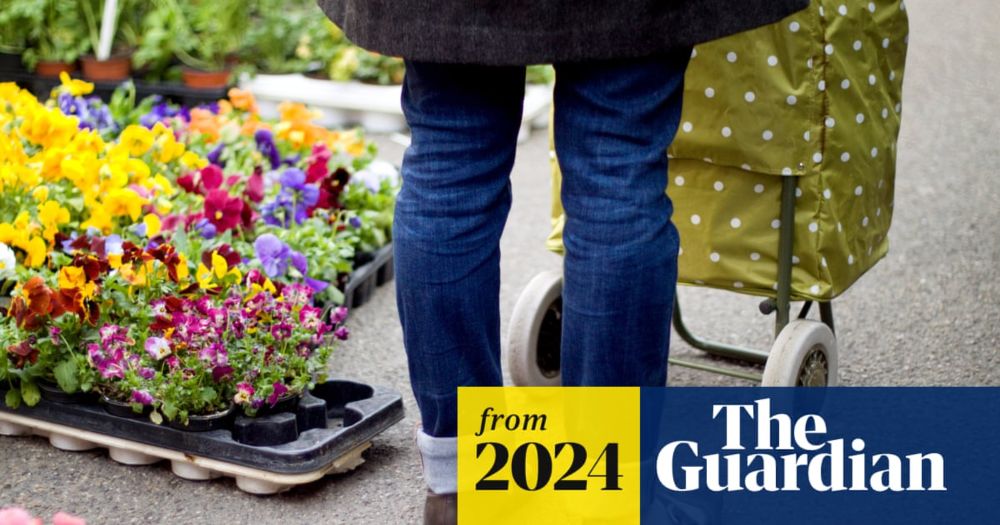Adam Tranter
@adamtranter.bsky.social
6.2K followers
240 following
220 posts
Active travel advocate. Founder Fusion Media, co-host Streets Ahead Podcast. Was West Midlands Cycling & Walking Commissioner. Views all mine. Substack: https://www.bikeis.best/
Posts
Media
Videos
Starter Packs
Reposted by Adam Tranter
Adam Tranter
@adamtranter.bsky.social
· Sep 1
Adam Tranter
@adamtranter.bsky.social
· Aug 31






















